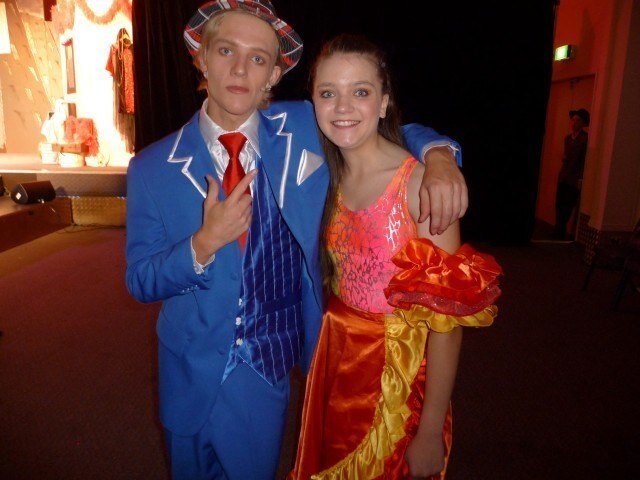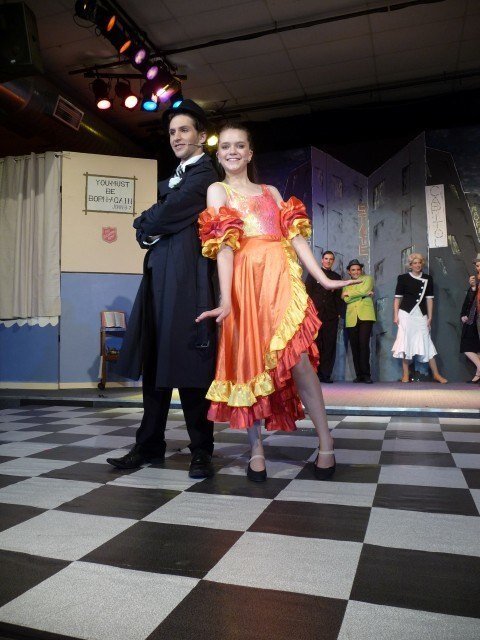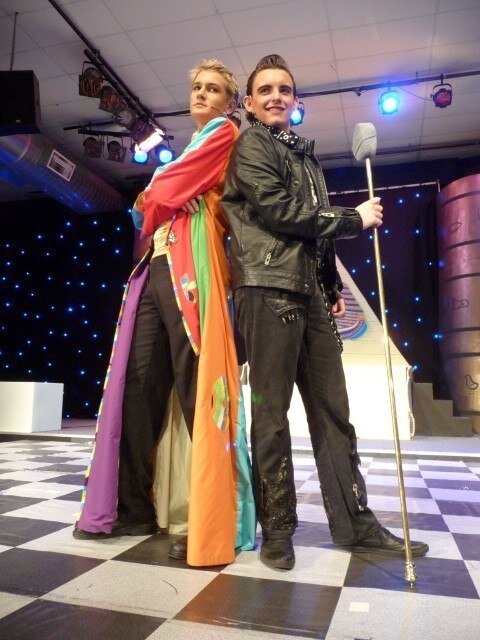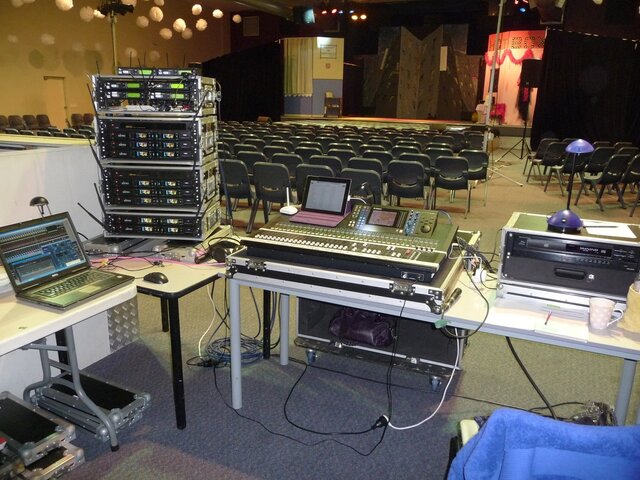Hi there, we recently upgraded from a scabby stage in a dinner hall to an expensive new theatre at our high school (fly rail, 600 seater auditorium etc, the full whack!) We never had to use microphones in our school musicals as we only had around 200 seats at a push.
We're putting on a show of Oliver the musical this spring and we have serious sound problems. We now have 600 seats and a stage & orchestra pit. The problem is we cannot hear the singers over our orchestra at all, and the performers cannot hear themselves singing over the orchestra, it's impossible to hear at the back of the auditorium, so we're grounded for now. (we obviously have speakers etc etc)
We are all stumped as we have never had to deal with such major sound issues in musical theatre, my question is, what microphones do we need to buy? I have done some research into them, but found there to be many different alternatives, the thought of hairline microphones seemed good but there is a large cast & chorus and giving each one an individual headset mic will be expensive, how do we allow the performers to hear themselves better on stage? Is mic'ing the orchestra better as we can mix the singing & sound better? We need urgent help with a 'beginners' plan to mic'ing a musical in a large auditorium, any help would be extremely appreciated, thank you!
We feel like we have bitten off more than we can chew with this whole sound issue and planned to eliminate the orchestra completely. However we are a specialist performing arts high school and do have large budgets for our shows, and backstage equipment.
We're putting on a show of Oliver the musical this spring and we have serious sound problems. We now have 600 seats and a stage & orchestra pit. The problem is we cannot hear the singers over our orchestra at all, and the performers cannot hear themselves singing over the orchestra, it's impossible to hear at the back of the auditorium, so we're grounded for now. (we obviously have speakers etc etc)
We are all stumped as we have never had to deal with such major sound issues in musical theatre, my question is, what microphones do we need to buy? I have done some research into them, but found there to be many different alternatives, the thought of hairline microphones seemed good but there is a large cast & chorus and giving each one an individual headset mic will be expensive, how do we allow the performers to hear themselves better on stage? Is mic'ing the orchestra better as we can mix the singing & sound better? We need urgent help with a 'beginners' plan to mic'ing a musical in a large auditorium, any help would be extremely appreciated, thank you!
We feel like we have bitten off more than we can chew with this whole sound issue and planned to eliminate the orchestra completely. However we are a specialist performing arts high school and do have large budgets for our shows, and backstage equipment.






